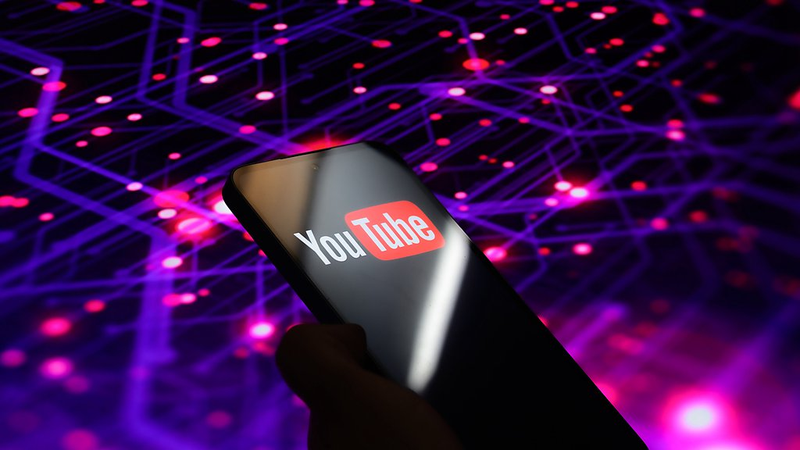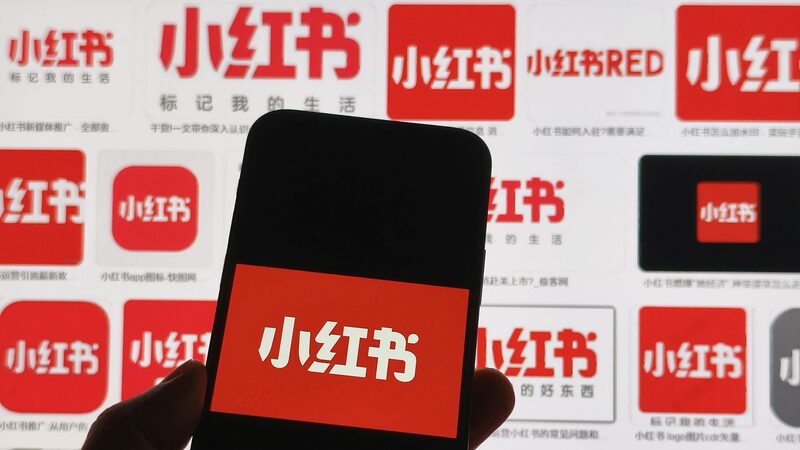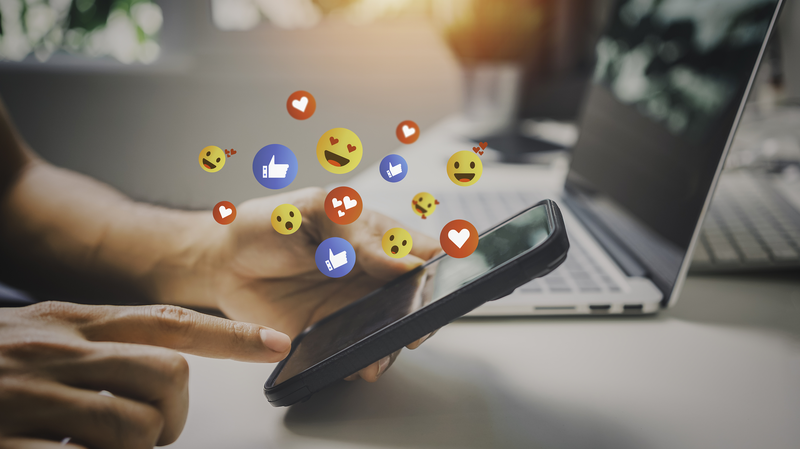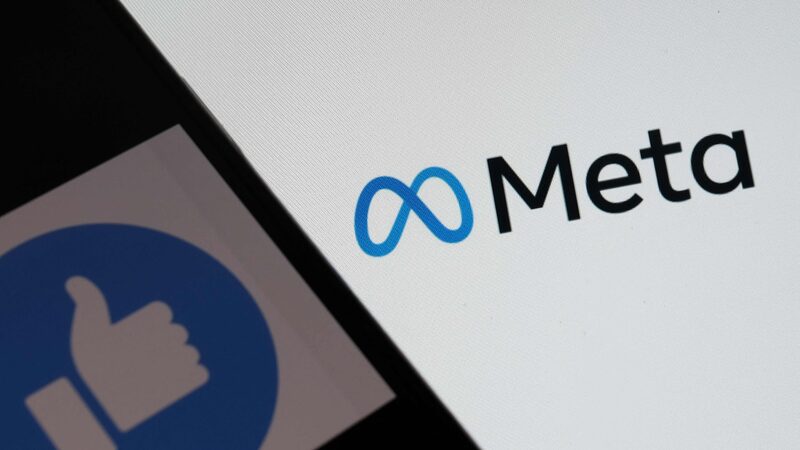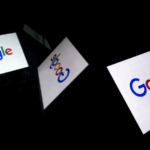YouTube is rolling out a futuristic AI-powered age verification system in the U.S. starting this week—and it’s sparking big questions about privacy, tech ethics, and how platforms protect young users. 🚀
How It Works
The system analyzes your watch history to guess if you’re under 18, even if you lied about your birthdate during sign-up. If flagged as a minor, YouTube will block certain content, limit personalized ads, and serve up those *annoying* screen-time reminders we all love to ignore. 😅
But What If the AI Gets It Wrong?
You’ll need to upload a selfie, ID, or credit card to prove you’re an adult. Critics argue this could expose users to data risks, while YouTube insists it’s a win for teen safety. 🔒
Why Now?
The move follows a U.S. Supreme Court decision upholding Texas’s law against minors accessing adult content online. While platforms like YouTube ramp up safeguards, Apple and Google face pressure to enforce age checks at the app store level—a battle that’s heating up faster than a TikTok trend. 📱💥
The Big Question
Can AI protect kids without trampling privacy rights? Digital advocacy groups like the EFF warn this could set a risky precedent. Meanwhile, YouTube’s James Beser calls it a 'pioneering step' for safety. Stay tuned—this tech drama is just getting started. 🍿
Reference(s):
YouTube testing a new AI-powered age verification system in the U.S.
cgtn.com
